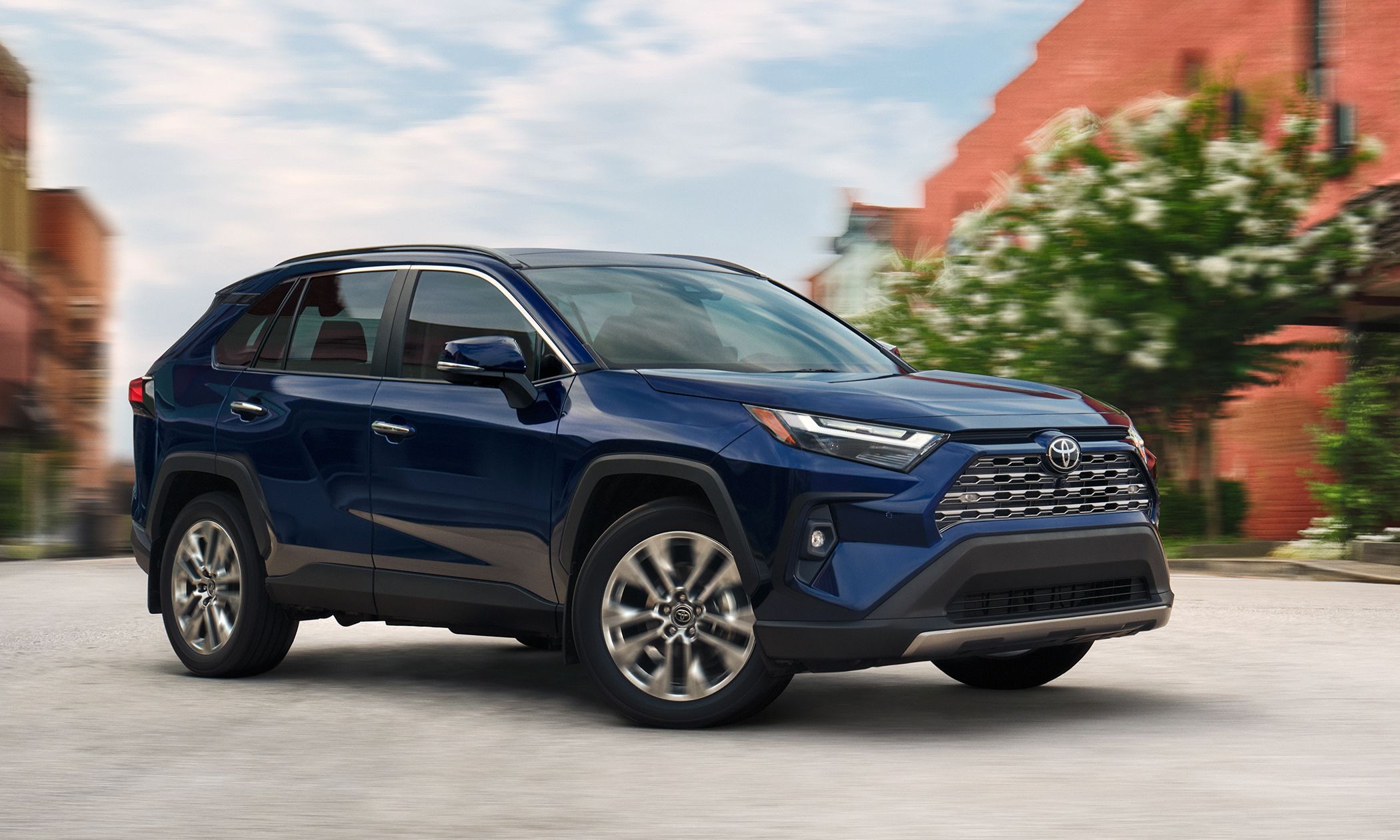
The 2025 Kia Sportage is a strong contender in the compact SUV market, competing with vehicles like the Honda CR-V, Toyota RAV4, and Hyundai Tucson. However, it also has its weakness. A comprehensive car review will help buyers make the right choice. This article will describe the strengths and weaknesses of the 2025 Kia Sportage car model and its common problems.
Pros of the 2025 Kia Sportage
1. Warranty and value: One of the Sportage’s standout advantages is its warranty, which includes a 5-year/60,000 km basic warranty and a 10-year/100,000 km powertrain warranty. This extended coverage surpasses warranties offered by most competitors, providing peace of mind for long-term ownership. It also starts at a slightly lower price point, making it an appealing choice for budget-conscious buyers.
2. Interior comfort and technology: The Sportage offers an upscale interior that is especially comfortable and well-equipped. Features include an 8- or 12.3-inch touchscreen (depending on trim), wireless Apple CarPlay and Android Auto, and available upgrades like a Harman Kardon sound system, wireless charging, and leatherette or leather upholstery. Higher trims also have a 12.3-inch digital instrument cluster, heated and ventilated front seats, and a panoramic sunroof, adding a luxury feel typically associated with pricier SUVs.
3. Versatile trim options: Kia has tailored the Sportage to a range of needs with multiple trims and a variety of powertrains, including a hybrid and plug-in hybrid. Each trim level adds features that increase comfort and convenience, from the standard safety features to advanced driver aids in higher trims, such as blind-spot monitoring, rear cross-traffic alert, and adaptive cruise control.
4. Roomy interior and cargo: The Sportage ranks well in terms of interior space, offering ample legroom and a competitive 74.1 cubic feet of cargo space when the rear seats are folded down. This is nearly identical to the Honda CR-V’s cargo volume, and it outperforms other compact SUVs like the Toyota RAV4.

Cons of the 2025 Kia Sportage
1. Performance limitations: While the 2025 Sportage’s 2.5-liter engine provides 187 horsepower, some competitors like the Toyota RAV4 and Honda CR-V offer slightly more powerful engines. This may be a drawback for drivers prioritizing performance, as the Sportage’s standard engine, although adequate, may feel less spirited on highways.
2. Fuel efficiency: The Sportage’s fuel economy is competitive but slightly lower than some rivals. The non-hybrid model achieves around 8.4 L/100 km (combined), while the hybrid model fares better, reaching approximately 6.0 L/100 km. However, the CR-V and RAV4 hybrids have slightly better fuel efficiency, which may appeal to buyers focused on long-term fuel savings.
3. Mixed ride quality on rougher roads: While the Sportage provides a generally comfortable ride, some reports suggest that the suspension is slightly firmer, especially on models equipped with larger wheels. Competitors like the Honda CR-V, with its softer suspension, may deliver a smoother experience over bumpy roads.
4. Slightly smaller cargo and passenger space: Although spacious, the Sportage falls slightly short in total cargo and rear headroom compared to the CR-V and Tucson. The differences are minimal, but families who need every extra bit of space might find better alternatives among its competitors.

Comparison to its direct competitors
According to car news experts, the Honda CR-V is often considered a top rival of Kia Sportage, offering slightly better fuel efficiency, a powerful hybrid option, and a renowned safety suite. The Toyota RAV4 offers a reliable powertrain and great fuel economy, especially in its hybrid variant, and comes with a solid reputation for durability. The Hyundai Tucson is very similar to the Sportage in technology, powertrain options, and warranty, as both are produced by Hyundai Motor Company.
Common problems of Kia Sportage
The Kia Sportage, while generally complimented for its features and affordability, has a few known issues across its various model years. The most common problems are related to the engine, transmission, electrical components, and suspension.
1. Engine problems: Engine issues have been reported frequently for older models, especially 2017 models. These issues include engine stalling, excessive oil consumption, and even total engine failure, which sometimes necessitates a costly replacement or significant repairs. Many Sportage owners also report frequent illumination of the check engine light due to throttle position switch (TPS) issues, which can cause engine hesitation or stalling. Kia addressed some of these issues with recalls and part replacements in certain years .
2. Transmission issues: Transmission complaints include rough shifting, slipping gears, and, in some cases, total failure. For certain models, this is often due to problems with the torque converter. Transmission software updates have resolved some issues, but for older models or high-mileage vehicles, full transmission repair or reprogramming is sometimes required.
3. Electrical problems: Electrical faults can be a frequent inconvenience, with issues such as malfunctioning A/C compressors, alternator problems, and unexpected battery drain. Certain Sportage models also have glitches in the infotainment or navigation systems, particularly in the 2018-2023 generation, where software updates are needed to address sat-nav malfunctions.
4. Suspension and braking: The Sportage’s suspension can wear prematurely, with issues like snapped front coil springs in older models leading to a rougher ride. Brake problems, such as prematurely worn brake pads or faulty brake calipers, have also been reported by some owners, impacting the vehicle’s braking efficiency.
5. Diesel-specific issues: In diesel models, the diesel particulate filter (DPF) can become clogged, especially if the vehicle is frequently used for short, low-speed trips. This can lead to “limp mode” activation, which limits the vehicle’s speed and power to protect the engine. Regular long drives help prevent DPF blockage by allowing it to reach temperatures that facilitate self-cleaning.
In summary, the advantages of 2025 Kia Sportage are a robust warranty, a luxurious interior, and diverse options for trim and powertrain. However, it also has annoying problems and disadvantages. Those seeking peak fuel efficiency or a more powerful engine may prefer the CR-V or RAV4. For drivers who value warranty, interior comfort, and tech features, the Sportage remains a strong and competitive option in the compact SUV market.